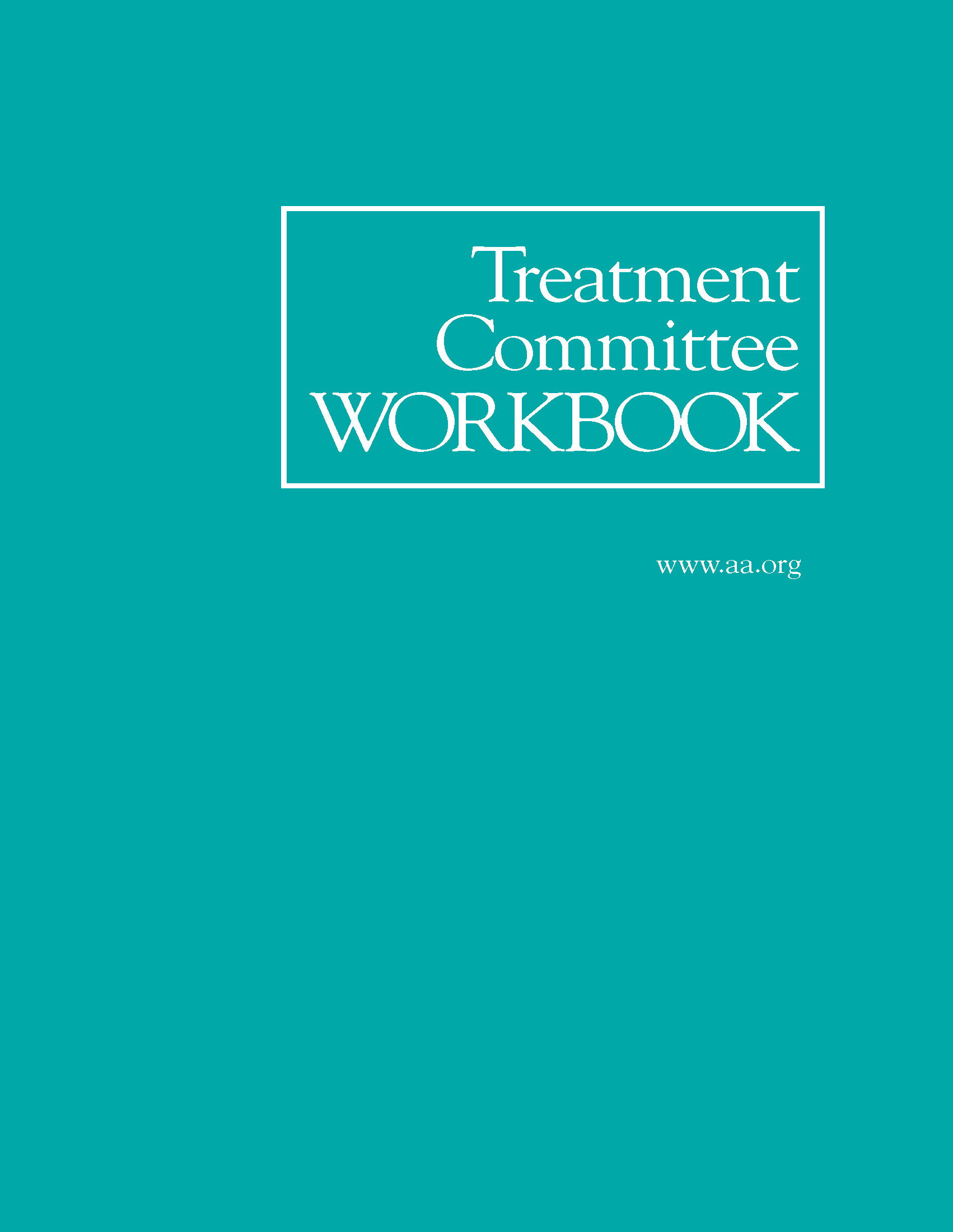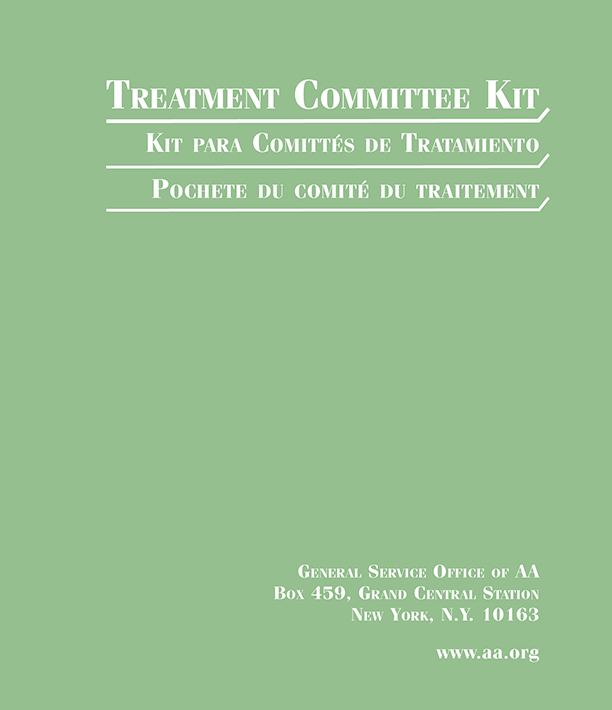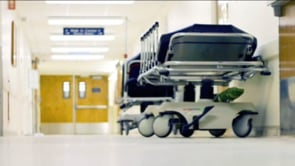
Treatment Workbook
This workbook is intended as a guide for A.A. members involved in Treatment Committee work.

Treatment Kit
The Treatment Kit contains the workbook and a selection of pamphlets, guidelines and order forms associated with Treatment Committee work.
Committee members:
- bring the message of hope for recovery to alcoholics in a variety of treatment settings
- demonstrate to administrators and staff “how it works” and are instruments of attraction to the A.A. program
- provide information about A.A., as well as literature and guidelines for setting up A.A. meetings in treatment facilities and outpatient settings
Bridging the Gap
The local Bridging the Gap program, or BTG, connects new members being discharged from a facility to A.A. in their community.
Clients can request contacts through the A.A. Temporary Contact/Bridging the Gap Request form.
A.A. members can serve as A.A. Temporary Contact/Bridging the Gap Volunteers.
Suggested Committee Activities
- Send a list of Treatment Committee meetings to all D.C.M.s and to local intergroup/central offices.
- Invite Corrections, Cooperation with the Professional Community, and Public Information Committee liaisons to Treatment Committee meetings.
- Make presentations to treatment facilities or outpatient treatment settings and offer regular presentations to accommodate staff changes.
- Set up Treatment Committee literature displays at district meetings, area meetings, seminars, conventions, etc.
- Create a local Treatment Committee presentation based on the Treatment Committee Workbook and local experience for psychiatric hospitals, assisted living facilities, youth noncorrectional facilities, shelters, sober houses, and a variety of other treatment settings. Use of the DVD Hope: Alcoholics Anonymous or the DVD A.A. Videos for Young People, where appropriate, may be helpful.
- Contact assisted living facilities, to offer A.A. presentations or meetings.
- Contact psychiatric hospitals to offer A.A. presentations or meetings.
- Contact homeless shelters and offer A.A. presentations or meetings.
- Contact sober houses and offer A.A. presentations or meetings.
- Contact outpatient rehabilitation programs and offer A.A. presentations or meetings.
- Contact local Veterans Administration Hospitals or facilities and offer A.A. presentations or meetings.
- Create a Temporary Contact (Bridging the Gap) program.
For more ideas like this, see the Treatment Committee Workbook.
Share Treatment Experience
The Treatment desk at the A.A. General Service Office is dedicated to Treatment Committee activities. Committees are encouraged to share local experiences and challenges with this desk.

